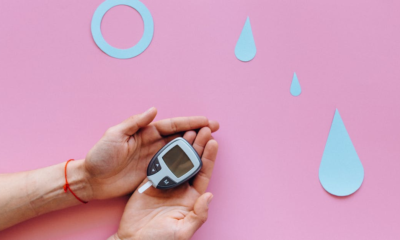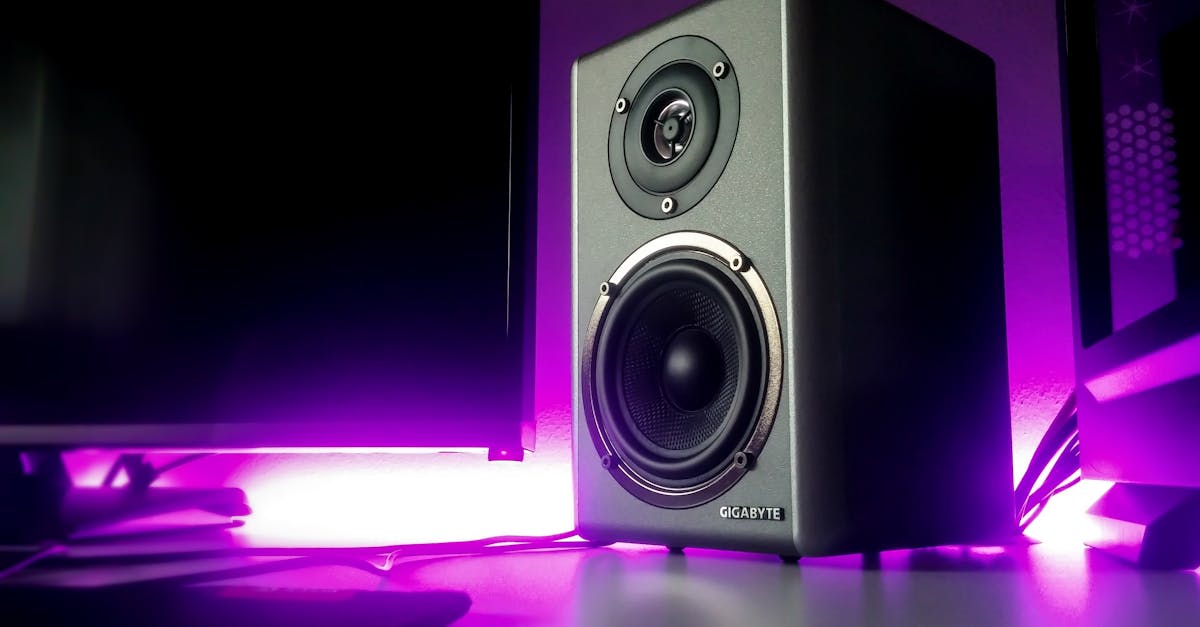Ghidul tău de nuntă: Ce diademe și coafuri de mireasă sunt în tendințe în 2024
Descoperă tendințele 2024 în diademe și bijuterii de mireasă! Alege accesoriul perfect pentru părul tău, fie că e lung, mediu sau scurt, și completează-ți look-ul nupțial cu stil. În universul nunților, unde fiecare detaliu contează, alegerea diademei de mireasă este o decizie emblematică ce îmbină stilul personal cu tradiția. Diadema nu este doar un accesoriu, ci o expresie a eleganței supreme, o punte între visul unei zile perfecte și realitatea unui eveniment memorabil.
I. Pentru părul tău: Lung, Mediu sau Scurt
1. Diademe de mireasă potrivite pentru părul lung
Părul lung și bogat, cu fir gros, necesită o diademă opulentă, tip coroană regală, care să stea ferm și să adauge un element de dramatism coafurii tale. Optează pentru modele masive, cu detalii intrigante și pietre care reflectă lumina în mod spectaculos.
Exemplu de diademă recomandată: Diademă subtilă de mireasă cu aspect regal de argint și cristale transparente, inspirată din natură, ideală pentru o nuntă în aer liber.
Exploră opțiunile noastre variate pentru a găsi accesoriul perfect care se aliniază cu stilul tău unic și descoperă colecția noastră de diademe mireasă, special concepută pentru a completa orice look nupțial.
2. Diademe de mireasă pentru părul mediu
Părul mediu și des, cu fir gros, se potrivește cu diademe flexibile, decorate cu motive florale sau designuri geometrice, care adaugă un accent sofisticat fără a îngreuna vizual coafura.
3. Diademe de mireasă pentru părul scurt
Părul scurt, dar dens și cu fir gros, se evidențiază cel mai bine cu diademe simple, dar statement, care adaugă un punct de atracție fără a îngreuna vizual, perfect pentru a complementa un pixie cut sau un bob scurt.
II. Când să alegi alte accesorii de păr
În cazul unui păr foarte fin sau al unei coafuri care nu permite o bună fixare a unei diademe voluminoase, orientează-te spre accesorii precum agrafele elegante, bentițele subtile sau pieptenii de păr decorativi.
III. Alegerea diademei în funcție de culoarea părului
Pentru miresele cu părul închis la culoare, diademele cu cristale clare sau pietre colorate creează un contrast spectaculos, oferind eleganță și opulență. În contrast, miresele cu păr deschis la culoare pot alege diademe în tonuri de auriu sau argintiu, care adaugă căldură și strălucire, complementând nuanțele mai deschise ale părului.
IV. Tendințe în materie de coafuri de mireasă pentru anul 2024
Tendințele pentru 2024 includ coafurile Boho-Chic, cu bucle lejere și accesorii florale, cocurile structurate elegante, părul lăsat liber în bucle romantice sau neted și strălucitor, precum și integrarea de accente metalice și coafurile asimetrice pentru un look unic și memorabil.
În colecția Glamadea, găsești o gamă variată de diademe de mireasă care se potrivesc tuturor preferințelor, coafurilor sau tipurilor de păr. Descoperă colecția noastră de diademe mireasă pentru a găsi diadema de mireasă care reflectă cel mai bine personalitatea ta și modul în care îți imaginezi ținuta ta de mireasă. Alege cu inima și lasă ca diadema ta să spună o poveste – povestea ta unică, într-una dintre cele mai frumoase zile din viața ta.

 Careers2 years ago
Careers2 years ago
 General1 year ago
General1 year ago
 Travel1 year ago
Travel1 year ago
 Careers2 years ago
Careers2 years ago
 Culture1 year ago
Culture1 year ago
 Culture1 year ago
Culture1 year ago
 Entertainment1 year ago
Entertainment1 year ago












